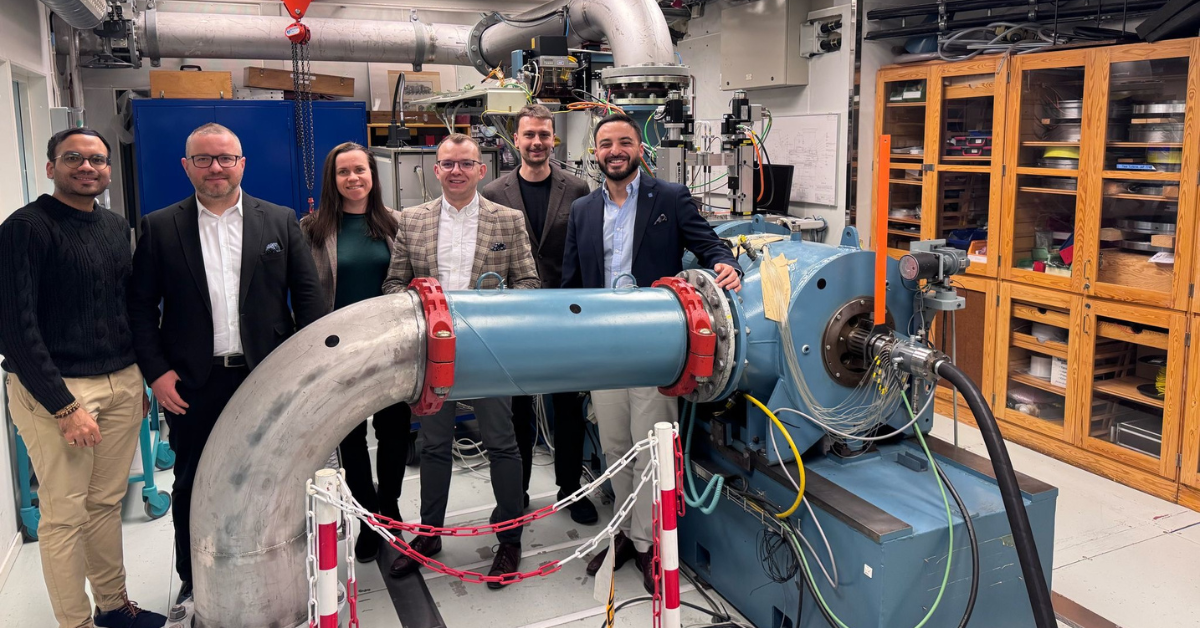KTH Head of Heat and Power Technology in Energy Technology, Rafael Guedez, is delighted to welcome a new partner from Wroclaw University of Science and Technology into the I-UPS project.
The Center of Advanced Manufacturing Technologies (CAMT) in the Faculty of Mechanical Engineering at Wroclaw University will lend their expertise in additive manufacturing (AM) to develop thermal energy storage and dispatch solutions.
The components for thermal energy storage and high-temperature heat pumps being developed must survive and sustain extreme working conditions, environments and temperatures — of up to 400 degrees Centigrade and more.
“We decided that we needed additional expertise in three-dimensional additive manufacturing. That’s why we have brought in one of Europe’s most experienced research institutes from Wroclaw University specifically to work in one area — on Work Package 7,” Guedez said.
“I-UPS is developing highly innovative components using design principles and solutions that haven’t been done before. Our components need to be robust and durable to convert and store energy at high temperatures. CAMT has extensive experience in design optimisation,” he said.
The CAMT research unit was established in 2008 and is part of the international Fraunhofer Project Center (FPC) created together with Fraunhofer Gesellschaft from Dresden specialising in the field of laser and AM technologies.
Andrzej Pawlak from the Additive Manufacturing and Materials CAMT-FPC Fraunhofer Project and his team joins as part of the HORIZON-WIDERA (Hop-on Facility) initiative under the EU research and innovation programme Horizon Europe.
“We will contribute our 3D printing expertise and experience to support the development of innovative heat pumps and heat exchangers — technologies that are critical to sustainable energy solutions.”
“As part of the consortium, we support the development of high-temperature heat pumps and compact heat exchangers by leveraging our expertise in 3D printing. These are key technologies for the sustainable storage and use of thermal energy,” he said.
The CAMT Website explains that AM is used “to manufacture individualised components and fully functional parts with a complex internal and external structure, including elements designed to work in difficult (thermal, mechanical and corrosive) working conditions”.
MIT Management, Sloane School, says that additive manufacturing is a production method that involves constructing an object layer by layer. Unlike subtractive manufacturing — which shapes a final product by removing material from a solid block — additive manufacturing builds up material to form the desired shape.
